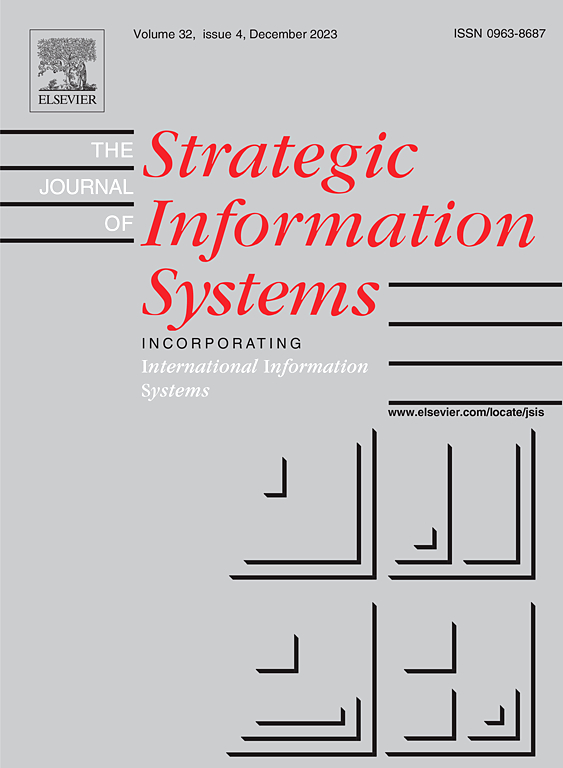Symbolic-numeric algorithm for parameter estimation in discrete-time models with exp
IF 1.1
4区 数学
Q4 COMPUTER SCIENCE, THEORY & METHODS
引用次数: 0
Abstract
Dynamic models describe phenomena across scientific disciplines, yet to make these models useful in application the unknown parameter values of the models must be determined. Discrete-time dynamic models are widely used to model biological processes, but it is often difficult to determine these parameters. In this paper, we propose a symbolic-numeric approach for parameter estimation in discrete-time models that involve univariate non-algebraic (locally) analytic functions such as exp. We illustrate the performance (precision) of our approach by applying our approach to two archetypal discrete-time models in biology (the flour beetle ‘LPA’ model and discrete Lotka-Volterra competition model). Unlike optimization-based methods, our algorithm guarantees to find all solutions of the parameter values up to a specified precision given time-series data for the measured variables provided that there are finitely many parameter values that fit the data and that the used polynomial system solver can find all roots of the associated polynomial system with interval coefficients.
离散时间模型参数估计的符号-数字算法
动态模型描述了各科学学科的现象,但要使这些模型在应用中发挥作用,必须确定模型的未知参数值。离散时间动态模型被广泛用于模拟生物过程,但通常很难确定这些参数。在本文中,我们提出了一种符号-数值方法,用于离散时间模型中涉及单变量非代数(局部)解析函数(如 exp)的参数估计。我们将我们的方法应用于生物学中的两个典型离散时间模型(面粉甲虫 "LPA "模型和离散洛特卡-伏特拉竞争模型),以此说明我们的方法的性能(精度)。与基于优化的方法不同,我们的算法能保证在给定测量变量时间序列数据的情况下,找到参数值的所有解,并达到指定精度,前提是有有限多个参数值适合数据,而且所使用的多项式系统求解器能找到相关多项式系统中带有区间系数的所有根。
本文章由计算机程序翻译,如有差异,请以英文原文为准。
求助全文
约1分钟内获得全文
求助全文
来源期刊

Journal of Symbolic Computation
工程技术-计算机:理论方法
CiteScore
2.10
自引率
14.30%
发文量
75
审稿时长
142 days
期刊介绍:
An international journal, the Journal of Symbolic Computation, founded by Bruno Buchberger in 1985, is directed to mathematicians and computer scientists who have a particular interest in symbolic computation. The journal provides a forum for research in the algorithmic treatment of all types of symbolic objects: objects in formal languages (terms, formulas, programs); algebraic objects (elements in basic number domains, polynomials, residue classes, etc.); and geometrical objects.
It is the explicit goal of the journal to promote the integration of symbolic computation by establishing one common avenue of communication for researchers working in the different subareas. It is also important that the algorithmic achievements of these areas should be made available to the human problem-solver in integrated software systems for symbolic computation. To help this integration, the journal publishes invited tutorial surveys as well as Applications Letters and System Descriptions.
 求助内容:
求助内容: 应助结果提醒方式:
应助结果提醒方式:


